Bioethics Forum Essay
Wrongful Death Suits for Frozen Embryos: A Bad Idea
Last March, 4,000 frozen eggs and embryos were lost at University Hospitals Fertility Center in Cleveland when the temperature in cryogenic tanks spiked due to human error. Officials at University Hospitals have apologized repeatedly to the affected patients, and say that they are working to provide refunds, free services, and “emotional support.” A similar incident also occurred last March at Pacific Fertility Center in San Francisco when a storage freezer malfunctioned. These incidents have resulted in dozens of lawsuits. The most controversial seek to have embryos classified as “persons” in order to sue the clinics for wrongful deaths.
Unfortunately, courts almost always refuse recovery in cases of reproductive negligence. The problem is that our legal system does not accommodate remedies for the actual harm in such cases: the deprivation of the chance for wanted pregnancy or parenthood . Deeming embryos to be persons is not necessary to address that harm, and could have devastating consequences for fertility patients.
First, I want to reject one line of argument against the personhood approach, namely, that embryos are not legal persons in U.S. law. In Roe v. Wade, the Supreme Court held that live birth has always been a condition of legal personhood. Moreover, fetuses are not persons within the language and meaning of the Fourteenth Amendment, and do not have a right to life. Although Roe did not address the status of extracorporeal embryos, it’s reasonable to think that if fetuses are not persons, neither are embryos. However, it cannot be concluded from the fact that fetuses are not legal persons in the context of abortion, that fetuses cannot be considered persons for the purpose of wrongful death actions. To see why, we need to know a little about the nature and purpose of wrongful death suits.
In wrongful death suits, the duty of care is to the individual who is killed, but damages are measured by the loss suffered by the survivors. Their original purpose was to compensate the victim’s family for their financial loss. There was no recovery for grief or emotional harm. Gradually this changed, and most states now allow survivors to recover for such things as loss of companionship and love, as well as financial loss. With this change, parents could recover damages for emotional harm in wrongful death actions involving children and infants, even when there was no financial loss. Furthermore a majority of states have expanded recovery for wrongful death to include viable fetuses, and a few even cover nonviable fetuses. This is in recognition that the loss of a fetus, especially after viability, can be just as emotionally devastating to the prospective parents as the loss of a born child. (See Moen v. Hanson.)
Once we understand the purpose of wrongful death actions in general, we can see why prenatal wrongful death suits do not conflict with Roe v. Wade. The woman’s right to choose abortion stems from her constitutional right to privacy. Acknowledgment of the right to abortion is entirely consistent with recognizing her right to be compensated when a wanted pregnancy is negligently terminated. Such recovery is not premised on the entitlement of the fetus to the protection of the law, but rather on the right of the prospective parents to compensation for their loss — an expected and wanted child.
The fertility patients asking to have their lost embryos declared people claim that they have suffered the same loss. They regard their embryos as their children. They have hopes and dreams for them. Some have even given them names. However, the Cuyahoga County judge who allowed their suit for negligence and damage to proceed, but denied their personhood motion, said, “The parents may believe that the embryos they created are already persons, but that is a matter of faith or of their personal beliefs, not of science and not of law.”
The loss of embryos is profound, especially for those deprived of their only chance to have biological children. Offering them refunds, free services, and emotional support does not begin to address their loss.
However, it is not only patients who lost embryos who have been deprived of the opportunity to become biological parents. The same is true for women who lost eggs, especially women who do not have any more viable eggs. It seems absurd to consider eggs as persons, but the harm to the woman — the loss of the chance to become pregnant and to become a biological parent — is the same. Therefore, the same remedy should be available to both.
Another reason for rejecting the personhood approach is the effect on fertility treatment, something that the plaintiffs in the recent lawsuits may not have considered. In 2004, Italy passed a law that gave embryos equal rights to individuals undergoing fertility treatment. The law banned the creation of more embryos than could be safely implanted in a uterus at one time (three embryos). It also banned embryo freezing. This meant that if a woman did not become pregnant after one round of IVF, she would have to undergo another cycle of egg retrieval, imposing significant physical burdens as well as costs. Embryo freezing also enables the couple to have a second child, which many families want. Finally, having spare frozen embryos enables single embryo transfer and the birth of a singleton, instead of twins or triplets. This improves health outcomes for both mothers and babies.
In response to protests by Italian fertility doctors, the Italian Constitutional Court cancelled most of the restrictions in May 2009, saying “they violated women’s rights to have access to the best possible treatment with the lower health risks for both her and the future children.”
Another cautionary tale comes from Louisiana, the only state to have conferred “juridical personhood” on embryos. It does not allow frozen embryos to be owned or destroyed, and requires any dispute over what is to be done with the stored embryos to be resolved in their ‘best interests’. This means that if a divorced couple no longer agrees about what should happen to their frozen embryos, a court would have to make the decision, based on the best interests of the embryos, regardless of what the couple had decided when they created the embryos. It is likely that bringing the embryos to term would always be considered to be in their best interest, which in effect would impose forcible parenthood on the one who no longer wanted the embryos to be used for procreation. This would be a severe deprivation of reproductive choice.
Some courts have upheld claims for misuse of the personal property of another. But a property approach treats embryos like furniture. It is “inadequate to describe the loss of potential life.” The Tennessee Supreme Court took a better approach in Davis v. Davis, an early case about the disposition of frozen embryos. The court held that the embryos “are not, strictly speaking, either ‘persons’ or ‘property,’ but occupy an interim category that entitles them to special respect because of their potential for human life.”
Regarding embryos as persons or property is not necessary to redress the wrong, nor do these categories reflect the true nature of the harm inflicted. Instead, the true nature of that harm should be acknowledged: the deprivation of the opportunity to become a biological parent. This occurs when medical negligence causes infertility, but it also applies to the negligent or reckless destruction of frozen sperm, eggs, or embryos.
Bonnie Steinbock, a Hastings Center Fellow, is a professor emeritus of philosophy at the University at Albany/SUNY and an adjunct professor at Clarkson University and the Icahn School of Medicine at Mount Sinai.
45% of The Hastings Center’s work is supported by individual donors like you.
Support our work.
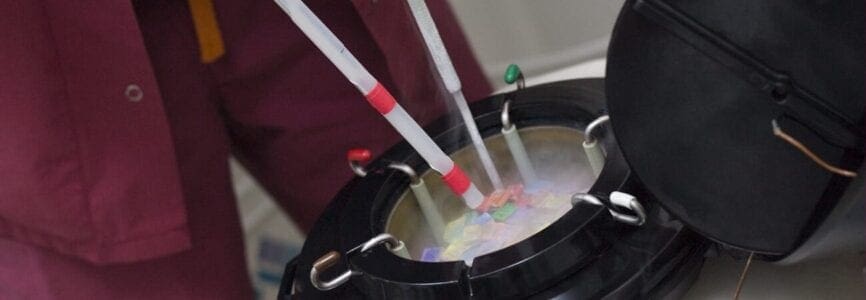

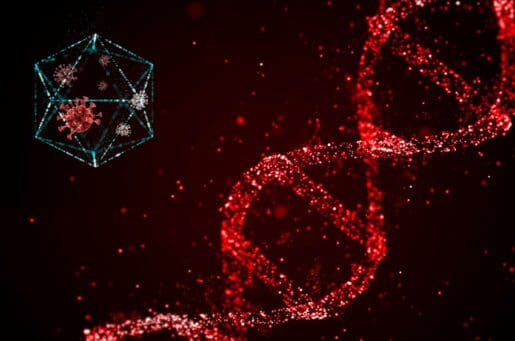


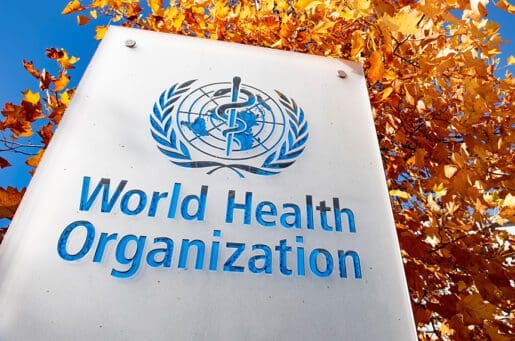
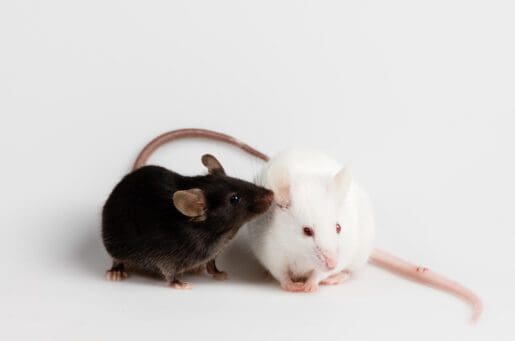

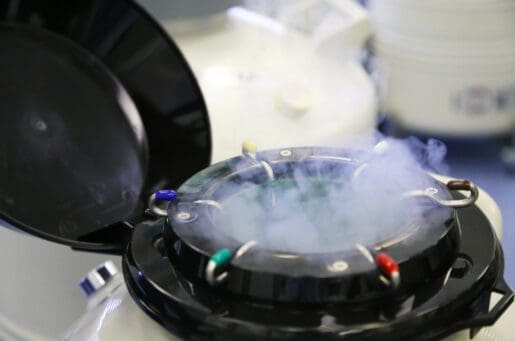

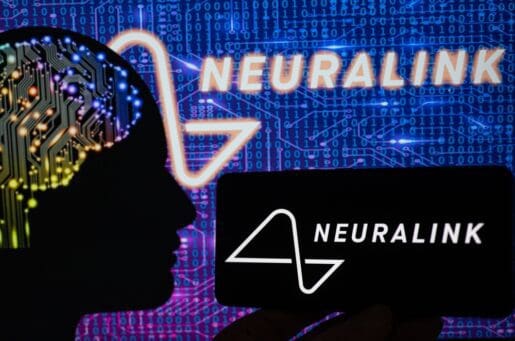
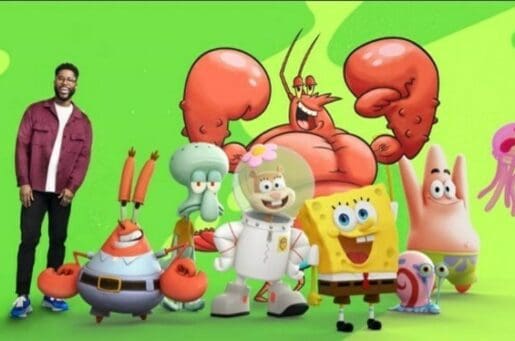
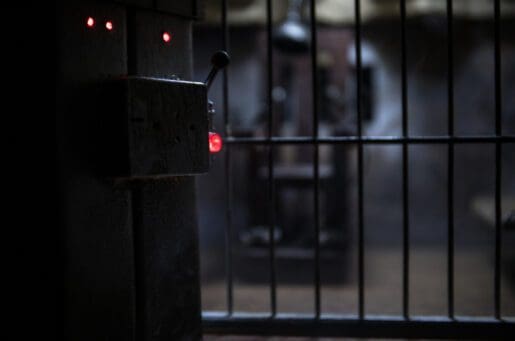
This is an excellent article about fertility treatments, the meaning of life/conception, and how we define ethical decisions based on unpredictable future events. I agree with the opinions shared by Steinbock about these specific cases of human error-influenced loss and the wrongful death suit.
However, as stated above, certain lines should and can be crossed within science and law. Understandably, one would file a wrongful death suit under the clause that the loss of embryos has irreversible emotional damage to the potential parents and the future they have planned for themselves and their possible child. It is difficult to ignore that kind of loss’s mental and emotional toll, especially for individuals who have difficulty conceiving and sought fertility treatment often as one of their last resort. They are prepared for unsuccessful IVF cycles. Although possible, they do not expect their eggs and embryos to be destroyed based on human error. Claiming a wrongful death suit can be reasonably based on the financial loss that couples and individuals face from ongoing and redoing treatments. However, the facilities that have caused this problem attempted to resolve this by offering free resources, treatments, and emotional support.
The critical point to note for this wrongful death suit is the determination of these embryos and eggs as “persons.” It is essential to mention Roe v. Wade and other cases that have created a precedent of how law perceives life and personhood. Considering personhood in a wrongful death suit on the loss of embryos makes implications for future cases determining the future of embryos and fetuses. If approved, what limit will there be for individuals undergoing fertility treatment to claim wrongful death suits for loss of parenthood due to failed implantations? While I am sure there have already been policies to alleviate this possibility, an action within the wrongful death suit will further complicate the healthcare policies and laws surrounding fertility treatment. Additionally, it may impact the rights of embryos/fetuses regarding genetic counseling, abortion, and other assisted reproductive technology (ART) measures.
Lastly, I wanted to touch on the discussion of the Lousianna “best interest” practice. I agree with Steinbock’s points about the implications of an embryo’s “best interest.” They provide a great example of how this can be negative for multiple parties other than the fetus. Also, I believe it is impractical to make this determination for a “person” that not only is not here but may not be alive under the conditions that are being discussed at present. Taking Steinbock’s example, a judge determines a couple’s “best interest” in deciding what to do with their embryos in 2018. The couple may not intend to proceed with this process anytime soon. However, the decision is currently being made to destroy or preserve the embryos. The judge will decide in the best interest of the embryo with the present facts and understanding of the couple’s current financial standings, emotional commitment, and so forth. It is impractical to decide about such a significant change in a future lifestyle based on present decisions, especially for a potential person who may or may not require financial, mental, and emotional resources that the couple may possess now but can lose in the future. There is a strong emotional and mental tie to a perceived life of parenthood, but like Steinbock mentions, this is firmly based on personal and spiritual values. This mindset can not extend to science or law since this factor is subjective to each individual and their hopeful lifestyle.
In conclusion, it is unfortunate what happened at the University Hospitals Fertility Center in Cleveland and Pacific Fertility Center in San Francisco. Medical malpractice is definitely at play. However, I do not believe courts can include the wrongful death suit in this defense because of the complication surrounding the discussion of “personhood” and an unpredictable future. Supportive arguments for wrongful death suits are based on financial loss and emotional impact. Maybe in time, with the continuous improvement of IVF and other ART procedures, there can be further discussion about the certainty of parenthood and how the law can support these financial and emotional tolls in these unfortunate situations.